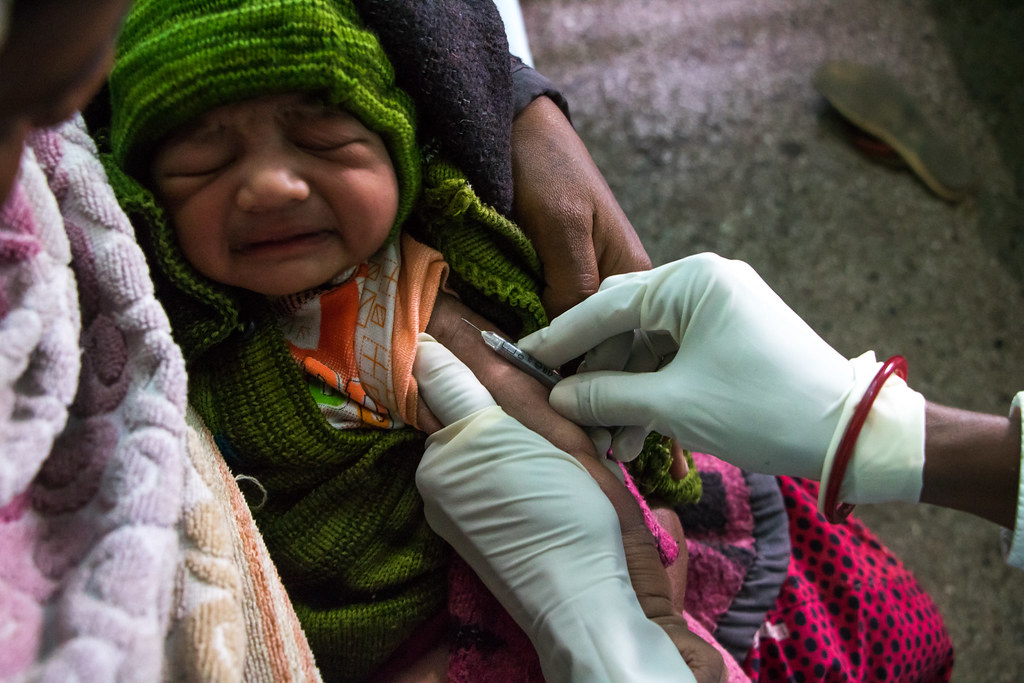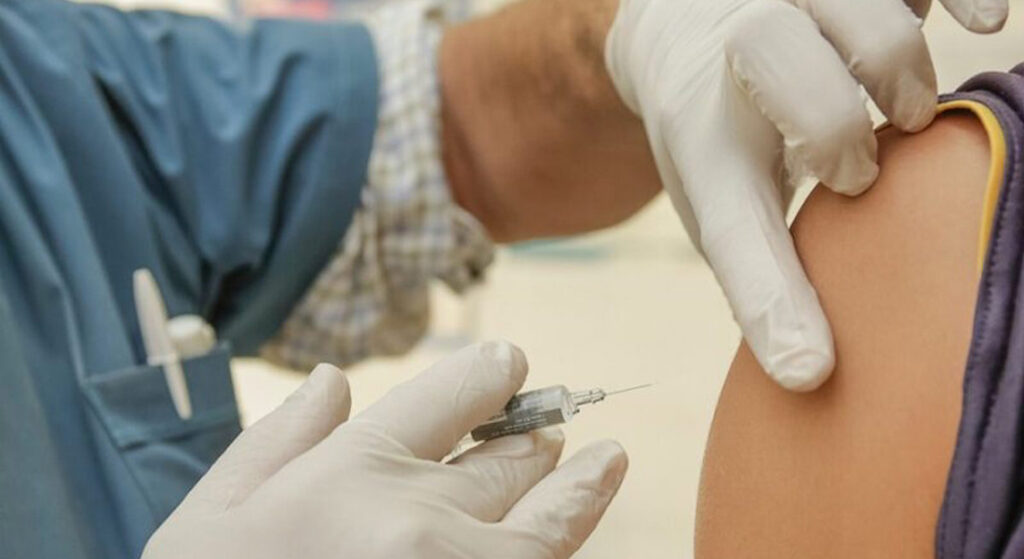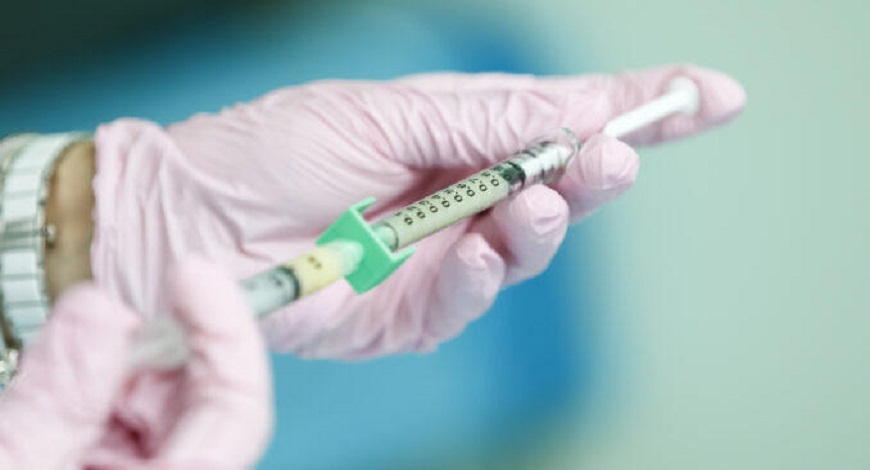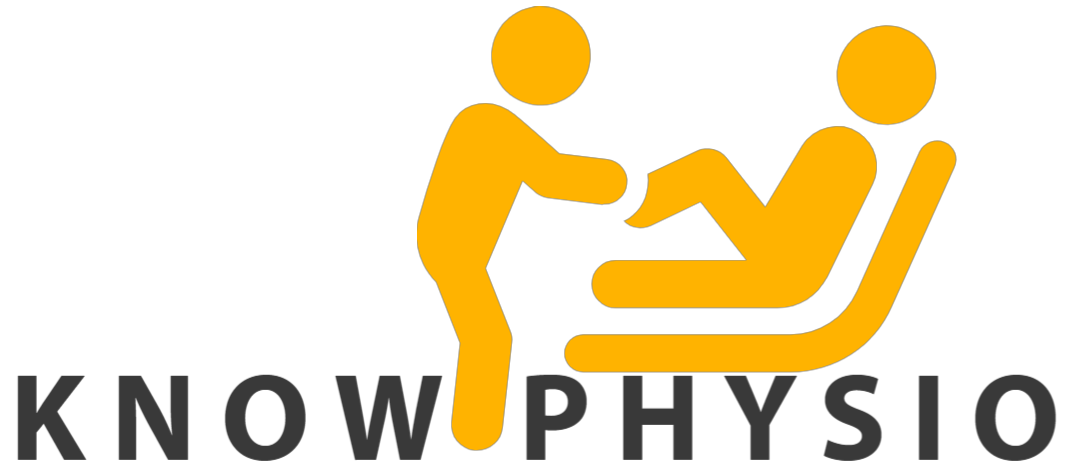Introduction:

Community medicine is a branch of medicine that focuses on the health of populations and communities. One of the key strategies in community medicine is the use of immunizing agents to prevent the spread of infectious diseases. In this article, we will explore the various immunizing agents used in community medicine and their role in disease prevention.
Vaccines:

Vaccines are one of the most important immunizing agents in community medicine. Immunizing Agents work by stimulating the body’s immune system to produce a specific response to a specific pathogen. This response, known as immunity, helps to protect the individual from future infections. Vaccines are highly effective in preventing the spread of infectious diseases and have been used to eradicate smallpox and are on the verge of eradicating polio.
Types of Vaccines:
There are several types of vaccines, including live attenuated vaccines, inactivated or killed vaccines, and subunit or conjugate vaccines.

Live attenuated vaccines
- Live attenuated vaccines are made from a weakened form of the pathogen.
- Live attenuated vaccines are a type of immunizing agent that are made from a weakened form of the pathogen that causes a specific disease. These vaccines are designed to mimic a natural infection, but without causing the disease itself. Live attenuated vaccines are considered to be one of the most effective types of vaccines, as they provide long-lasting immunity and are able to stimulate a strong immune response.
- One of the most well-known examples of a live attenuated vaccine is the measles, mumps, and rubella (MMR) vaccine. This vaccine is made from weakened forms of the measles, mumps, and rubella viruses. When an individual receives the MMR vaccine, their body is able to mount an immune response to the weakened viruses, which helps to protect them from future infections with the wild-type viruses.
- Another example of a live attenuated vaccine is the yellow fever vaccine. This vaccine is made from a weakened strain of the yellow fever virus and is used to protect individuals from yellow fever, a serious and potentially fatal disease that is transmitted by mosquitoes.
- The live attenuated vaccines are considered to be highly effective in preventing the spread of infectious diseases. They have been used to eradicate smallpox and have been effective in controlling other diseases such as measles, mumps, rubella, chickenpox and more. However, live attenuated vaccines are not recommended for individuals with weakened immune systems, such as those who are immunocompromised or pregnant women.
- In summary, live attenuated vaccines are a powerful tool in community medicine for preventing the spread of infectious diseases. They work by stimulating the body’s immune system to produce a specific response to a specific pathogen and provide long-lasting immunity. However, they are not recommended for certain populations, such as those with weakened immune systems.
Inactivated or killed vaccines
Inactivated or killed vaccines are made from a killed or inactivated form of the pathogen. Immunizing Agents
Inactivated or killed vaccines are another type of immunizing agent that are used to protect individuals from infectious diseases. Unlike live attenuated vaccines, which are made from weakened forms of pathogens, inactivated or killed vaccines are made from pathogens that have been killed or inactivated through a chemical or physical process.

One of the most well-known examples of an inactivated vaccine (Immunizing Agents) is the inactivated polio vaccine (IPV). This vaccine is made from killed forms of the poliovirus, and it is used to protect individuals from poliomyelitis, a serious and potentially fatal disease that affects the nervous system.
Another example of an inactivated vaccine is the hepatitis A vaccine. This vaccine is made from inactivated forms of the hepatitis A virus, and it is used to protect individuals from hepatitis A, a serious liver infection that is caused by the hepatitis A virus.
Inactivated or killed vaccines are considered to be safe for most individuals, including those with weakened immune systems and pregnant women. However, they typically do not provide as long-lasting immunity as live attenuated vaccines and may require booster doses to maintain immunity over time.
In summary, inactivated or killed vaccines (Immunizing Agents) are a type of immunizing agent that are used to protect individuals from infectious diseases. They are made from pathogens that have been killed or inactivated and are considered to be safe for most individuals. However, they may not provide as long-lasting immunity as live attenuated vaccines and may require booster doses to maintain immunity.
Subunit or conjugate vaccines
Subunit or conjugate vaccines (Immunizing Agents) are made from a specific component of the pathogen, such as a protein or sugar. Each type of vaccine has its own advantages and disadvantages, and the choice of which type to use depends on the specific pathogen and population being vaccinated.
Subunit or conjugate vaccines are a newer type of immunizing agent that are used to protect individuals from infectious diseases. They are different from traditional live attenuated or inactivated vaccines in that they are made from specific components of the pathogen, rather than the pathogen itself.

One of the most well-known examples of a subunit vaccine (Immunizing Agents) is the human papillomavirus (HPV) vaccine. The HPV vaccine is made from specific proteins that are found on the surface of the HPV virus, which is responsible for cervical cancer and other types of cancer. This vaccine is used to protect individuals, particularly adolescent girls and young women, from HPV infections.
Another example of a conjugate vaccine (Immunizing Agents) is the Haemophilus influenzae type b (Hib) vaccine. This vaccine is made from a protein from the surface of the Hib bacteria and a carbohydrate from a different bacteria called CRM197. This combination is used to protect infants and young children from invasive infections caused by Hib bacteria.
Subunit or conjugate vaccines (Immunizing Agents) have a number of advantages over traditional live attenuated or inactivated vaccines. They are considered to be very safe, as they only use a specific component of the pathogen, and they are effective in preventing the spread of infectious diseases. They are particularly effective in protecting vulnerable population such as infants and young children.
In summary, Subunit or conjugate vaccines are a newer type of immunizing agent that are used to protect individuals from infectious diseases. They are made from specific components of the pathogen, rather than the pathogen itself, and are considered to be safe and effective in preventing the spread of infectious diseases. They are particularly effective in protecting vulnerable population such as infants and young children.
Vaccination Schedules:
Vaccination schedules are designed to provide immunity at the most effective time, and to provide the necessary boosters to maintain immunity. The Centers for Disease Control and Prevention (CDC) and the American Academy of Pediatrics (AAP) recommend a specific vaccination schedule for children, adolescents, and adults. It is important to follow the recommended schedule to ensure that individuals are fully protected against vaccine-preventable diseases.

The World Health Organization (WHO) recommends a schedule for vaccination in children to protect them from a variety of infectious diseases. The schedule is designed to provide protection to children at the earliest possible age, when they are most vulnerable to infection.
The schedule generally begins at birth, with the administration of the Bacillus Calmette-Guérin (BCG) vaccine, which provides protection against tuberculosis. At six weeks of age, children receive their first dose of the diphtheria, tetanus, and pertussis (DTP) vaccine, as well as the Haemophilus influenzae type b (Hib) and inactivated polio vaccines. Immunizing Agents
At the age of 10 weeks, children receive their second dose of DTP, Hib and inactivated polio vaccines, and at 14 weeks, the third dose of DTP, Hib and inactivated polio vaccines.
Read about Cervical pain here !
At 9 months, children receive the measles, mumps and rubella (MMR) vaccine, and at 12 months, they receive the fourth dose of DTP, inactivated polio, and the first dose of the hepatitis B vaccine.
Between the ages of 18 months and 24 months, children receive the fifth dose of DTP, the fourth dose of inactivated polio, and the second dose of the measles, mumps and rubella (MMR) vaccine.

Around age of 5-6 years, children receive additional doses of certain vaccines, such as the third dose of the hepatitis B vaccine, the second dose of the measles, mumps and rubella vaccine and the chickenpox vaccine.
It’s important to note that the schedule may vary depending on the country and the local epidemiology of the diseases. Also, the schedules may change over time as new vaccines become available and recommendations are updated. Parents and caregivers should consult with a healthcare professional to determine the appropriate schedule for their child. Immunizing Agents
In summary, The World Health Organization (WHO) recommends a schedule for vaccination in children that is designed to provide protection to children at the earliest possible age, when they are most vulnerable to infection. The schedule begins at birth, and it covers a variety of infectious diseases, such as tuberculosis, diphtheria, tetanus, pertussis, Haemophilus influenzae type b, inactivated polio, measles, mumps, rubella, and hepatitis B. The schedule may vary depending on the country and the local epidemiology of the diseases.
Herd Immunity:
Herd immunity is a concept in which a large proportion of a population is immune to a specific disease, making it difficult for the disease to spread within the population. This provides indirect protection to individuals who are not able to be vaccinated, such as infants and individuals with certain medical conditions. Herd immunity is achieved when a high proportion of the population is vaccinated against a specific disease.
Immunization Programs:
Immunization programs are an essential aspect of community medicine. They aim to increase vaccination (Immunizing Agents) coverage among specific population groups and to ensure that individuals receive the appropriate vaccines at the appropriate time. These programs are usually implemented by government agencies and non-governmental organizations, and they often target specific populations such as children, the elderly, and individuals living in poverty.

Conclusion:
In conclusion, immunizing agents are an essential tool in community medicine for preventing the spread of infectious diseases. Vaccines are the most important of these agents and have been used to eradicate smallpox and are on the verge of eradicating polio. It is important to follow the recommended vaccination schedules and to participate in immunization programs to ensure that individuals and communities are fully protected against vaccine-preventable diseases. Additionally, herd immunity plays an important role in protecting individuals who are not able to be vaccinated and in preventing the spread of diseases. Immunizing Agents
